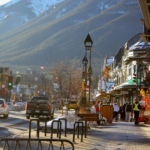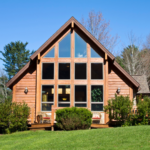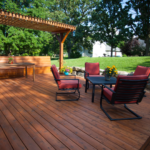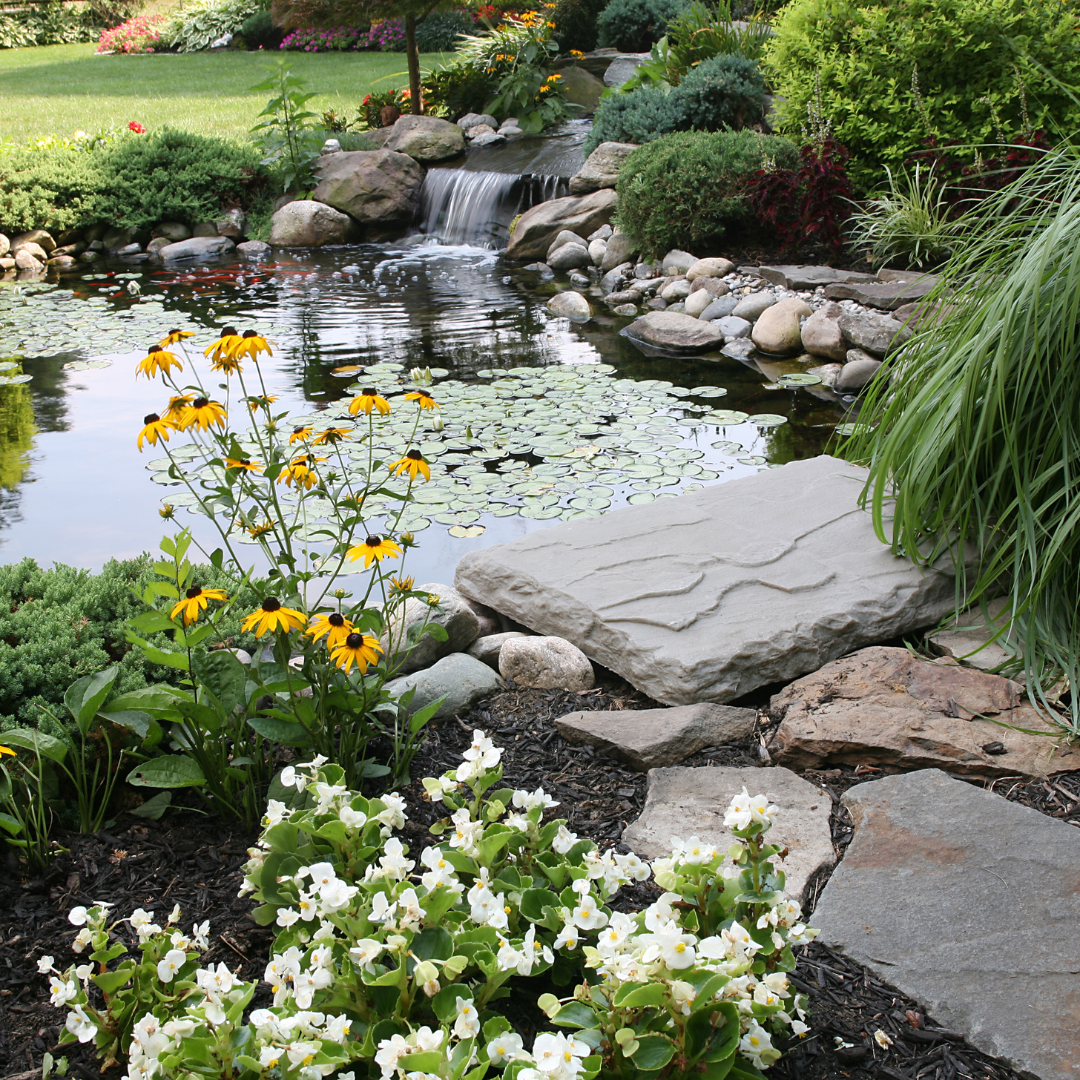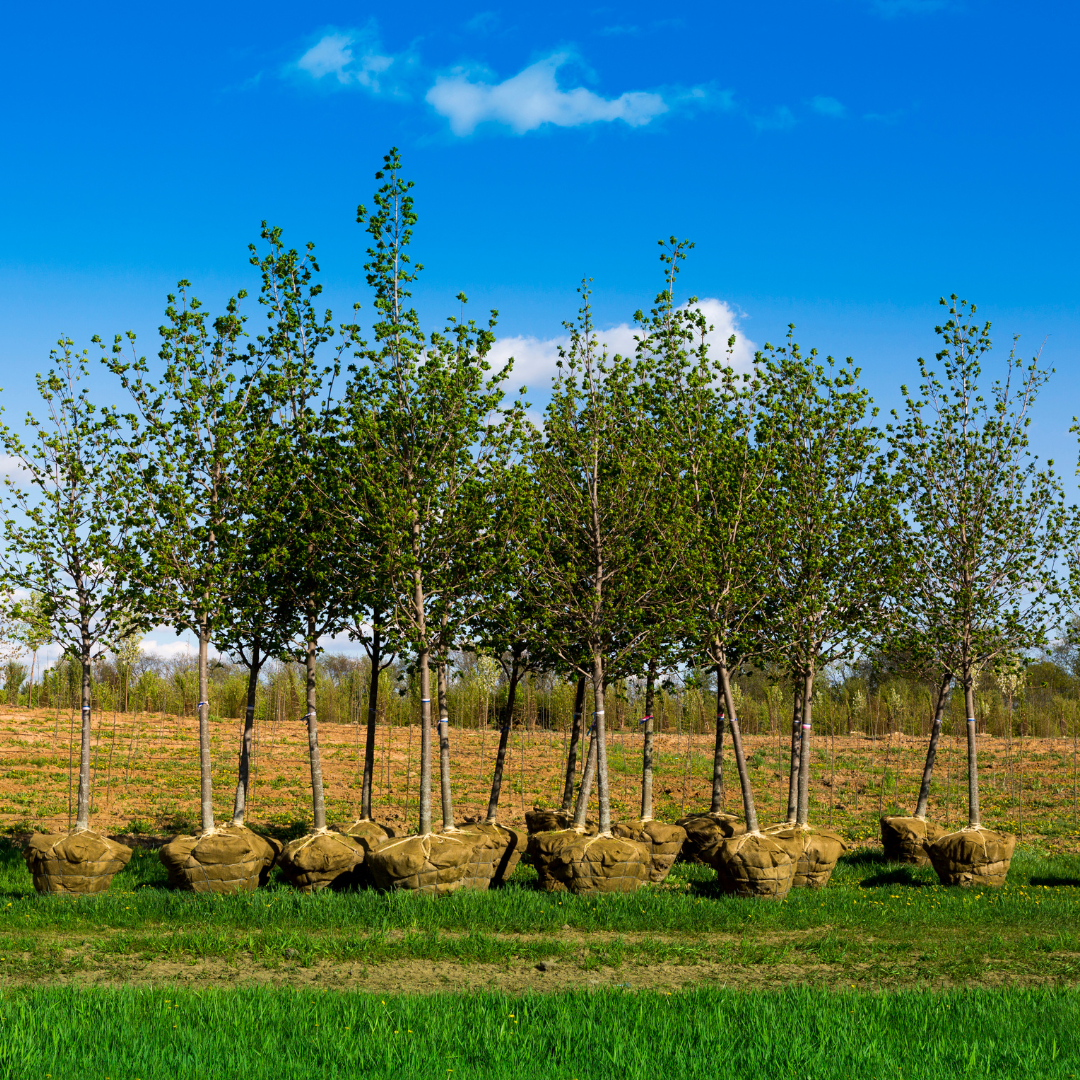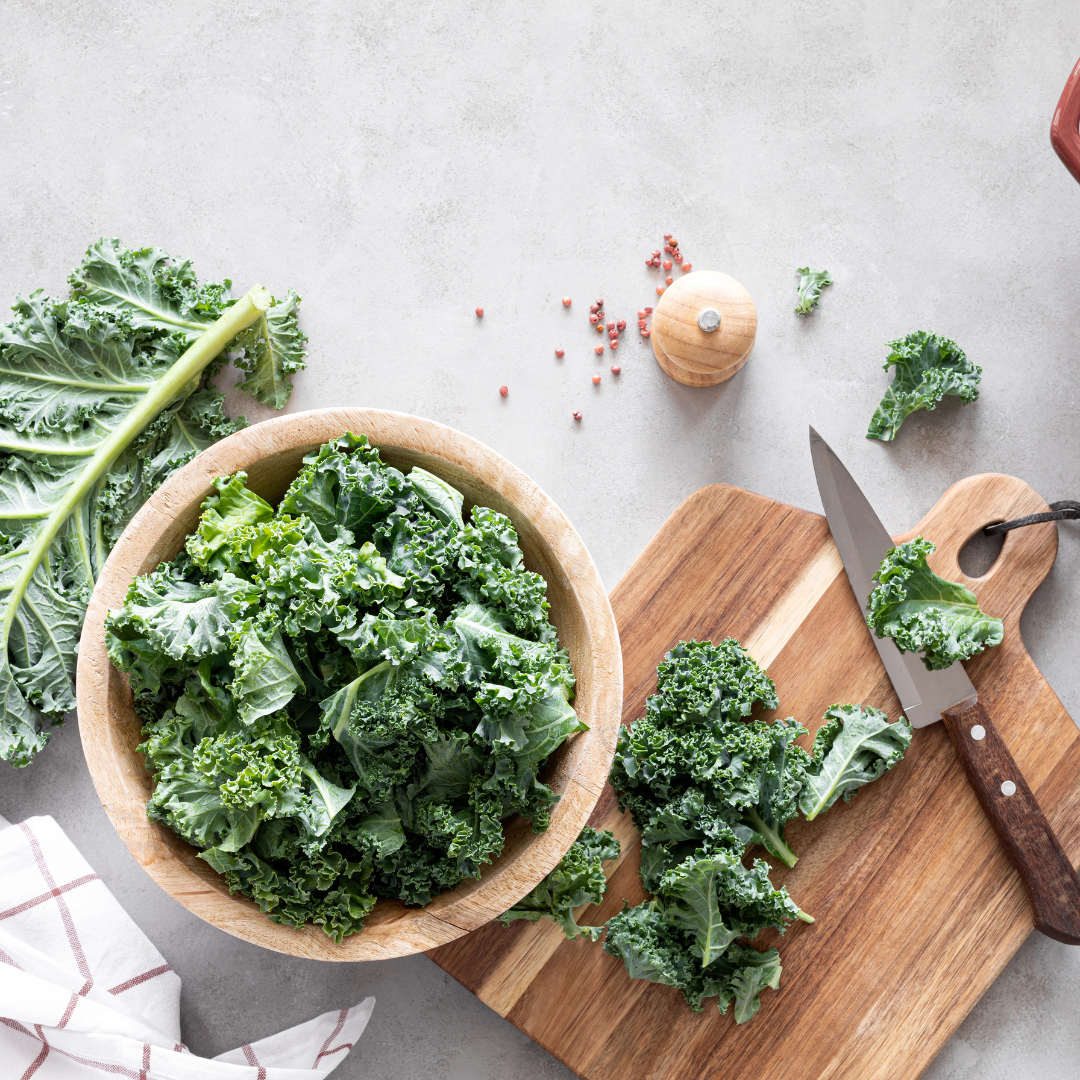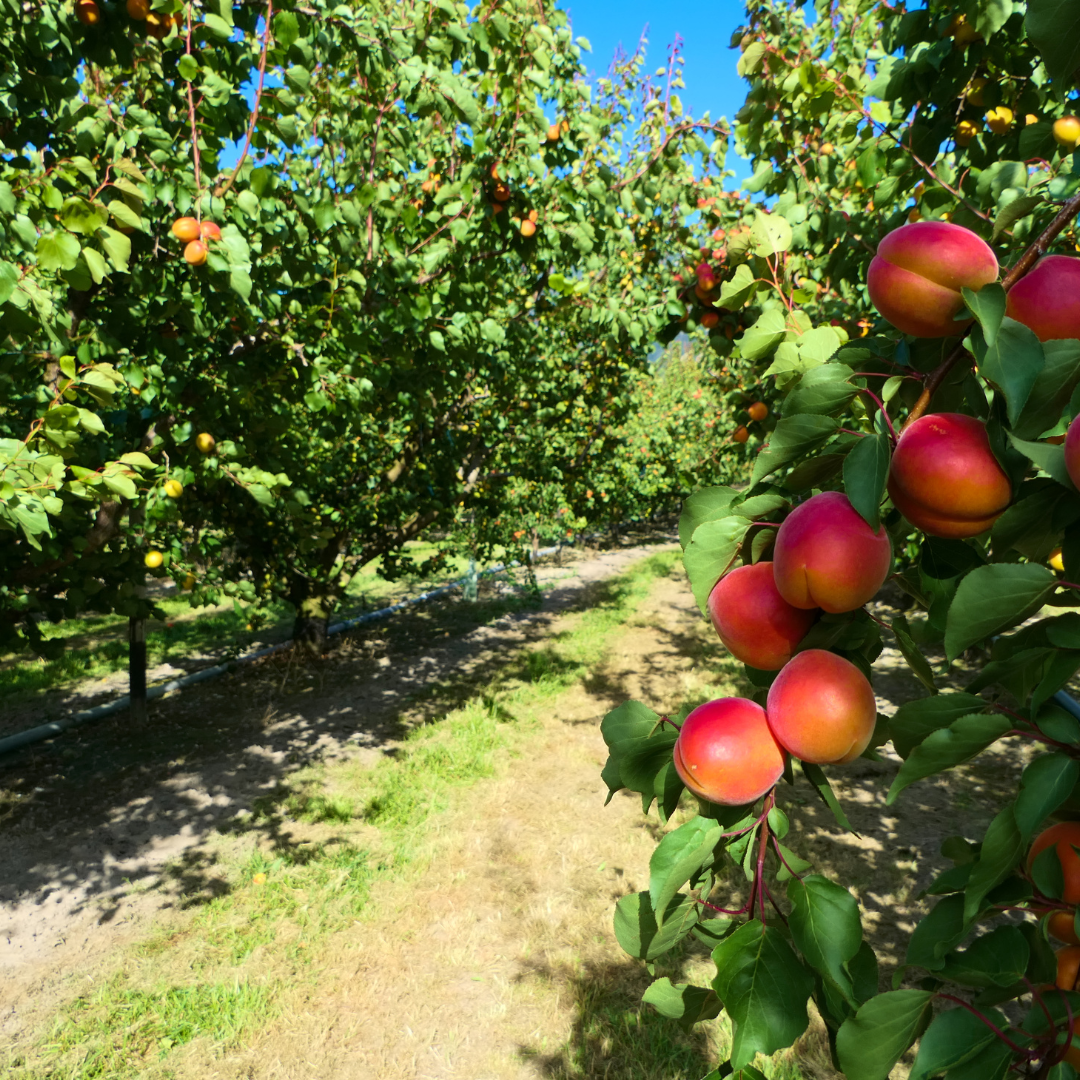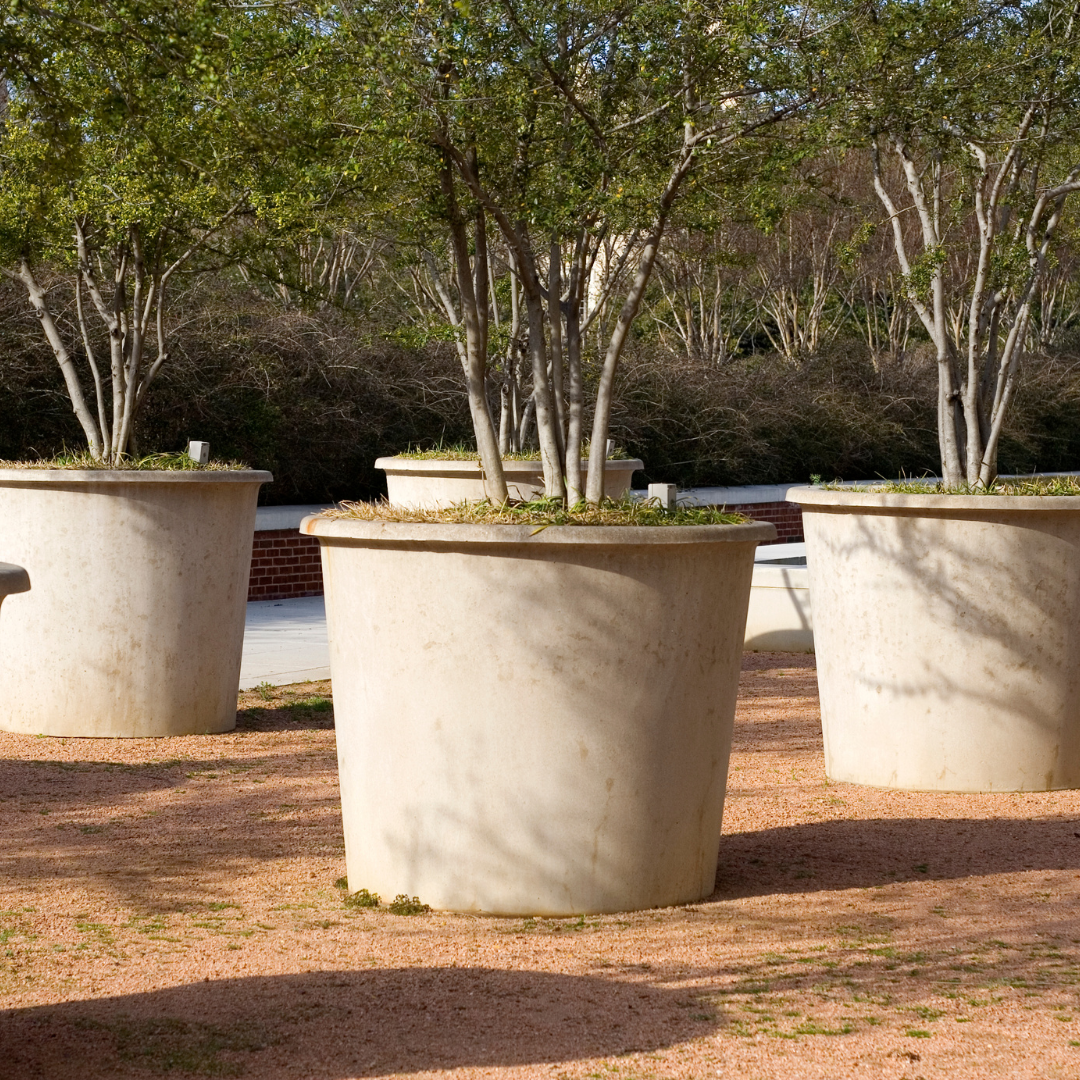Are you ready to transform your backyard into a thriving wildlife pond ecosystem teeming with life? Building a wildlife pond offers a fantastic opportunity to attract a diverse array of species, including birds, insects, and amphibians. Not only does it bring natural beauty to your outdoor space, but it also contributes to local biodiversity. Even if you’re new to pond building, fear not! With the right tools and a bit of guidance, you can embark on this rewarding journey and create your very own wildlife haven.
Don’t worry if you’re new to pond building – with the right tools and a little guidance, you can create your own wildlife haven in no time! Building a wildlife pond is a fantastic way to attract various species of birds, insects, and amphibians while adding a touch of natural beauty to your outdoor space. Whether you’re a seasoned DIY enthusiast or a novice gardener, this project is accessible to all. With the right approach, you’ll soon be enjoying the sights and sounds of a flourishing ecosystem right in your backyard.
Building a wildlife pond is not just about creating a beautiful feature in your backyard; it’s about fostering a thriving ecosystem that benefits both wildlife and humans alike. By providing habitats for various species and contributing to local biodiversity, you’ll be making a positive impact on the environment while enjoying the tranquil beauty of nature in your own outdoor space. So, roll up your sleeves, gather your tools, and get ready to embark on this exciting adventure!
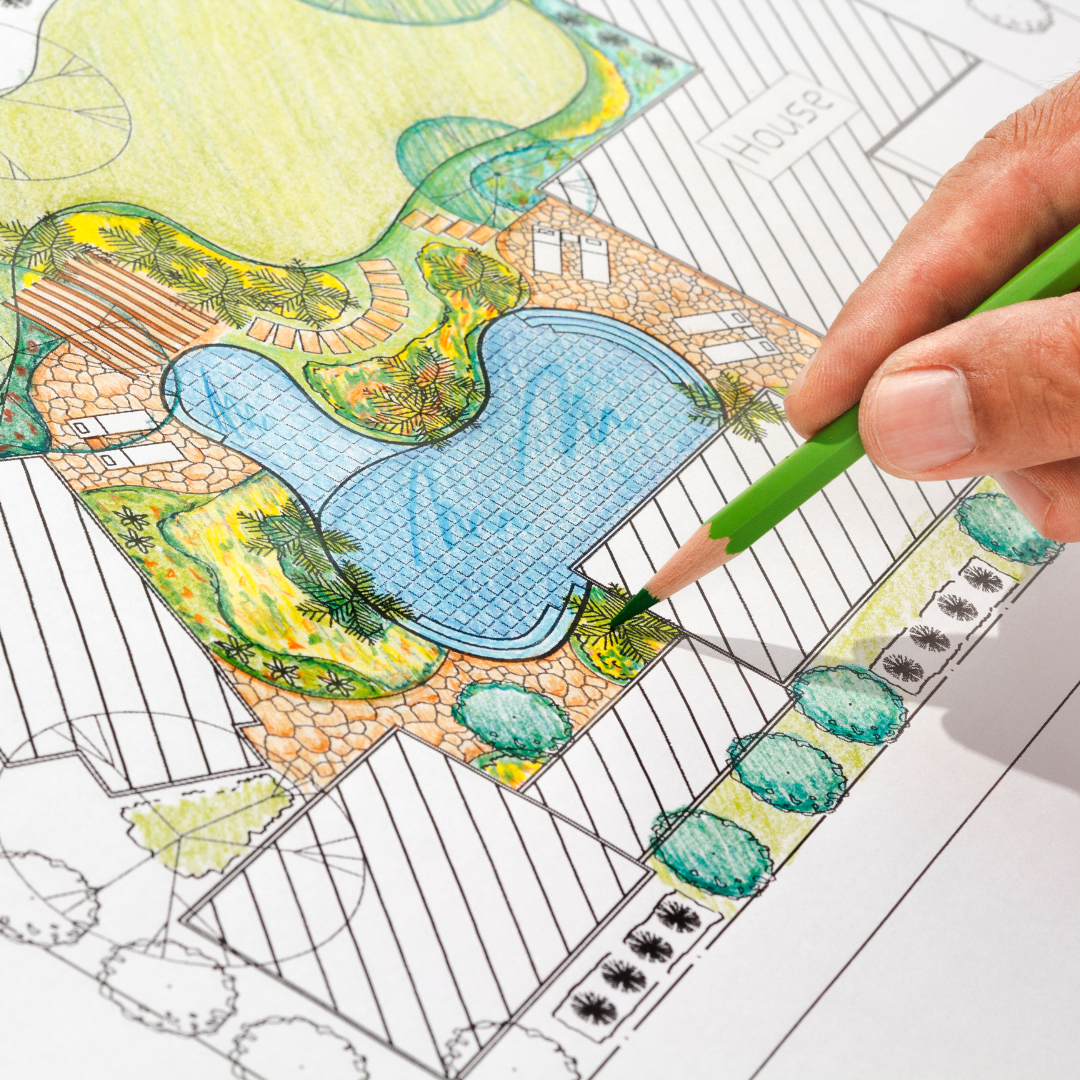
Tools and Equipment Required for Wildlife Ponds:
- Shovel: An indispensable tool for shaping and digging the ponds to the desired shape and depth.
- Liner: Opt for a sturdy pond liner to prevent any water leakage and ensure the longevity of your ponds.
- Pond Pump and Filter: Essential for maintaining optimal water circulation and clarity, crucial for the health of the wildlife inhabiting your ponds.
- Rocks and Gravel: Utilize these materials to create a naturalistic border around the ponds, providing both aesthetic appeal and essential habitats for wildlife.
- Plants: Incorporate a diverse selection of aquatic plants within and around the ponds to oxygenate the water and offer shelter and sustenance for various creatures.
- Hose: Necessary for filling the ponds with water and ensuring they reach their desired levels.
- Level: Use this tool to guarantee that the ponds are evenly constructed and properly aligned with their surroundings.
- Gloves and Protective Gear: Wear these items to safeguard your hands and body during the construction process, ensuring a safe and comfortable experience while creating your wildlife habitats.
How Long Will It Take?
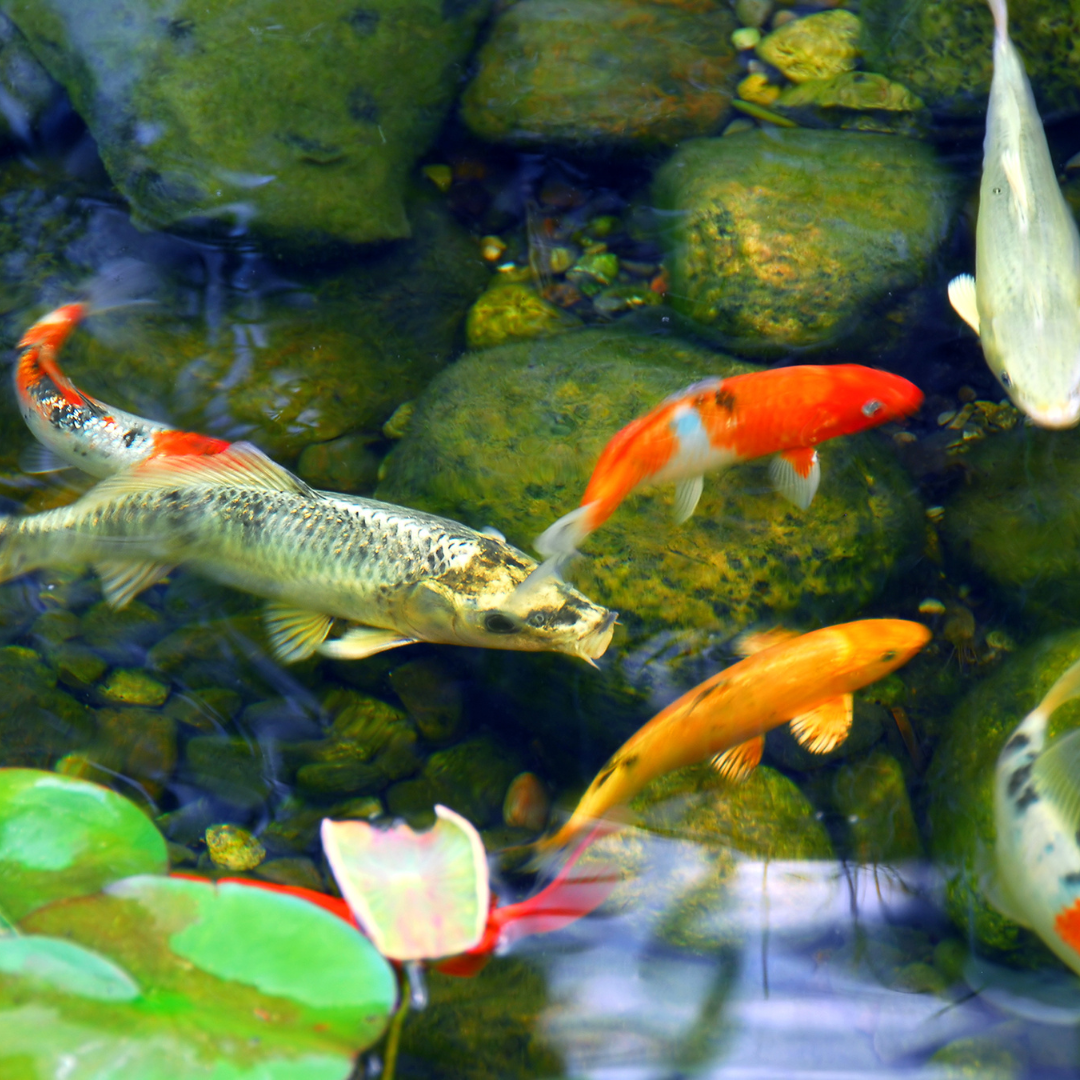
The time it takes to build a wildlife pond is contingent upon its size and complexity. For smaller ponds, you might find yourself wrapping up the project within a single weekend, making it a perfect DIY task for those looking to spruce up their backyard quickly. However, if you’re tackling a larger-scale endeavor, such as a more expansive pond with intricate features, be prepared for a longer time investment. Such projects might span over a week or even more, requiring patience and careful planning to ensure everything comes together seamlessly. Whether you’re constructing a modest wildlife pond or a sprawling ecosystem, dedicating time and attention to the project ensures its success and longevity.
Regardless of the size, it’s essential to allocate additional time for landscaping and planting around the pond. This step is crucial not only for aesthetic purposes but also for creating a conducive habitat for wildlife to thrive. By incorporating native plants and thoughtful landscaping techniques, you’ll enhance the ecological value of your pond, attracting a diverse array of species and fostering a balanced ecosystem. So, as you plan your pond construction timeline, remember to factor in this important phase to maximize the benefits of your wildlife habitat. Transforming your pond into a thriving ecosystem requires careful consideration of landscaping elements to support the diverse array of wildlife that will inhabit it.
As you embark on your wildlife pond construction journey, remember that patience is key. Whether you’re aiming for a quick weekend project or tackling a more extensive endeavor, taking the time to plan and execute each step thoughtfully will yield rewarding results. By allowing ample time for landscaping and planting, you’ll not only create a visually appealing outdoor space but also provide a welcoming haven for wildlife to call home. So, roll up your sleeves, set aside some time, and get ready to watch your wildlife pond come to life! Creating an ecosystem within your pond requires patience and dedication, but the end result—a thriving habitat for wildlife—makes the effort worthwhile.
Items to Purchase for Ponds, including Wildlife Ponds:
- Pond Liner: Estimate the size of your pond, whether it’s a traditional pond or a wildlife pond, and procure a liner accordingly to ensure proper coverage.
- Pond Pump and Filter: Select a pump and filtration system suitable for the size and needs of your pond, whether it’s a wildlife pond or a traditional one, to maintain water circulation and clarity.
- Plants: Choose a diverse array of native aquatic plants, including oxygenators, marginals, and floating plants, suitable for both traditional ponds and wildlife ponds to enhance biodiversity and provide habitat.
- Rocks and Gravel: Acquire sufficient rocks and gravel to edge the pond and create underwater shelves, suitable for both traditional and wildlife ponds, to provide shelter and habitat for various aquatic organisms.
- Fish (Optional): If you intend to introduce fish to your pond, whether it’s a traditional pond or a wildlife pond, thoroughly research suitable species and purchase them from a reputable supplier to ensure compatibility with the ecosystem and promote a balanced aquatic environment.
How Much Will It Cost?
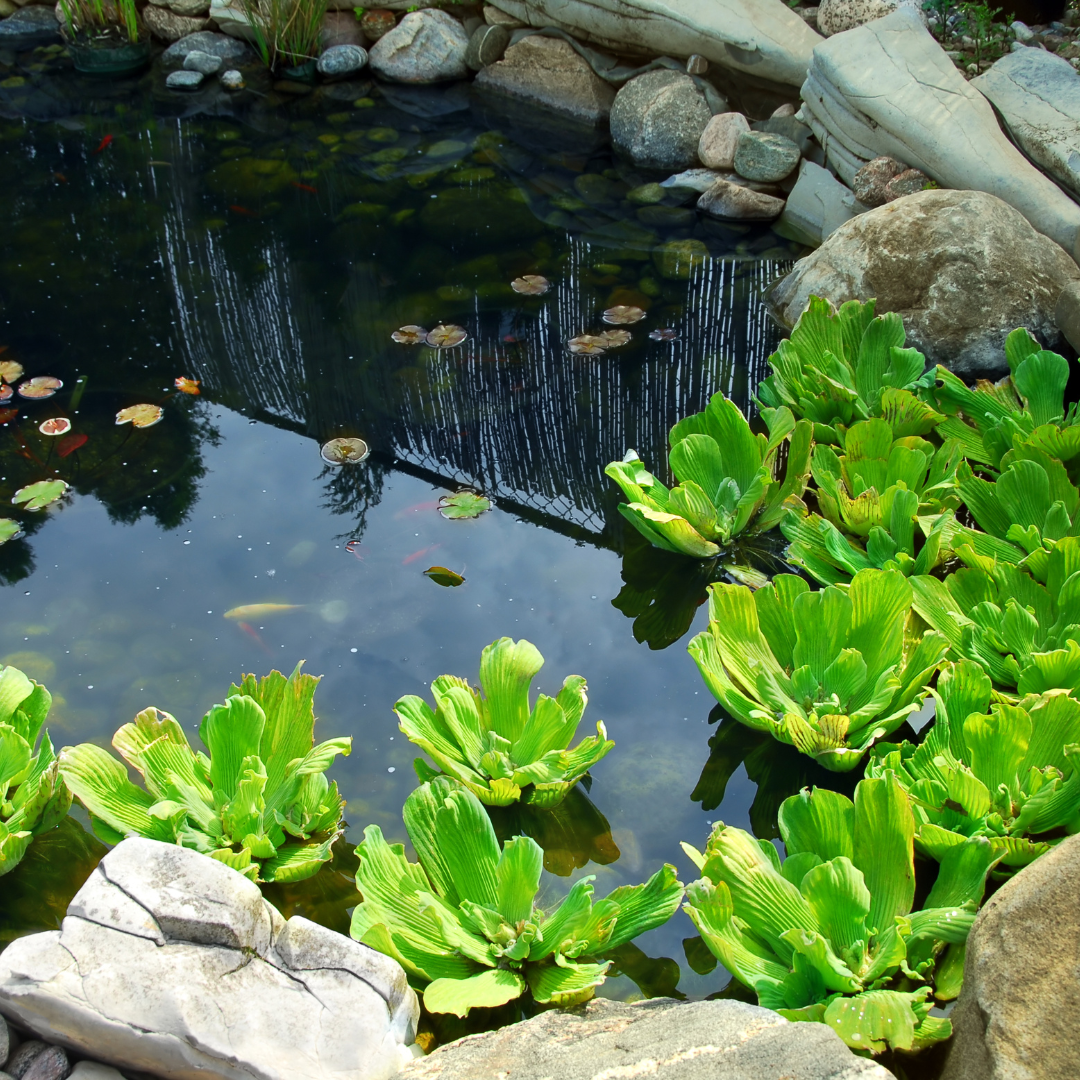 The cost of constructing a wildlife pond is subject to variability, contingent upon factors such as the pond’s size and the materials selected for its construction. The size of the pond often serves as the primary determinant of overall costs, with larger ponds typically requiring more materials and labor. Additionally, the quality of materials chosen can significantly influence the total expenses, with higher-quality materials often commanding a higher price tag but offering increased durability and longevity.
The cost of constructing a wildlife pond is subject to variability, contingent upon factors such as the pond’s size and the materials selected for its construction. The size of the pond often serves as the primary determinant of overall costs, with larger ponds typically requiring more materials and labor. Additionally, the quality of materials chosen can significantly influence the total expenses, with higher-quality materials often commanding a higher price tag but offering increased durability and longevity.
When budgeting for your wildlife pond project, it’s essential to consider the various components and their associated costs. Factors such as the pond liner, pump and filter system, rocks, gravel, plants, and optional additions like fish all contribute to the overall expenditure. By carefully assessing your needs and preferences, you can develop a comprehensive budget that aligns with your vision for the pond while ensuring a sustainable investment in its construction and maintenance.
Determining the cost of constructing both traditional ponds and wildlife ponds can vary significantly depending on individual circumstances. However, it’s beneficial to approximate the expenses involved to plan effectively. Through thorough research and consultation with experts or reputable suppliers, you can gain insights into the potential costs associated with your specific project. By carefully budgeting and planning, you can create a stunning and thriving outdoor space, whether it’s a traditional pond or a wildlife pond, without overspending.
Estimated Costs for Pond Construction:
- Pond Liner: Typically ranging from $50 to $200, the cost of a pond liner varies based on its size and material. This applies to both traditional ponds and wildlife ponds, ensuring adequate coverage and durability.
- Pond Pump and Filter: With prices ranging from $50 to $300, the cost of a pond pump and filter system depends on its capacity and features. It’s essential to select equipment suitable for both traditional ponds and wildlife ponds to maintain optimal water circulation and clarity.
- Plants: Budget between $50 and $150 for a variety of native aquatic plants, including oxygenators, marginals, and floating plants. The cost may vary depending on the number and type of plants chosen, suitable for enhancing biodiversity in both traditional ponds and wildlife ponds.
- Rocks and Gravel: Allocate approximately $50 to $200 for rocks and gravel to edge the pond and create underwater shelves. The quantity and type of rocks and gravel required may vary, but they are essential for providing habitat and shelter for aquatic organisms in both traditional ponds and wildlife ponds.
- Fish (Optional): If you opt to introduce fish to your pond, budget between $1 and $10 per fish. The cost may vary based on the species and size selected, suitable for both traditional ponds and wildlife ponds, to promote a balanced aquatic ecosystem.
Building a wildlife pond is a deeply rewarding endeavor that not only benefits local wildlife but also adds a touch of natural beauty to your outdoor environment. Through careful planning and execution, you can transform a section of your backyard into a vibrant ecosystem teeming with life. From frogs and turtles to dragonflies and songbirds, a well-designed pond attracts a diverse array of creatures, enriching the biodiversity of your surroundings.
To embark on this journey, you’ll need the appropriate tools and materials, as well as a willingness to invest time and effort into the project. From digging the pond basin to selecting native aquatic plants and incorporating rocks and logs for shelter, each step contributes to the creation of a habitat that mirrors the complexity of natural wetlands. Patience is key, as it may take some time for the ecosystem to establish itself fully, but the eventual rewards are well worth the wait.
As your wildlife pond matures, you’ll find joy in observing the dynamic interactions between its inhabitants and witnessing the seasonal changes that unfold. Whether it’s the emergence of tadpoles in spring or the chorus of frogs on a summer evening, each moment offers a glimpse into the intricate web of life that thrives in and around your pond. Moreover, by providing a sanctuary for local wildlife, you’re not only enhancing your own outdoor space but also contributing to the conservation of biodiversity in your community.


